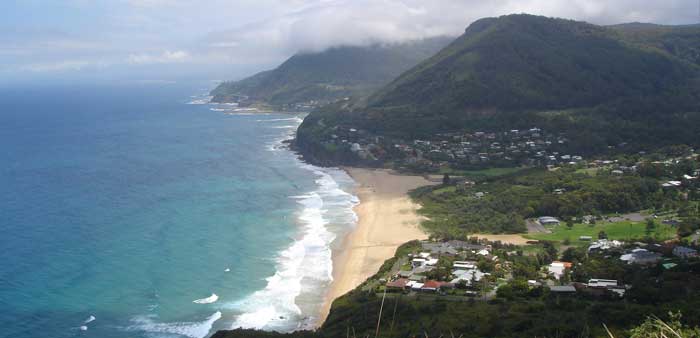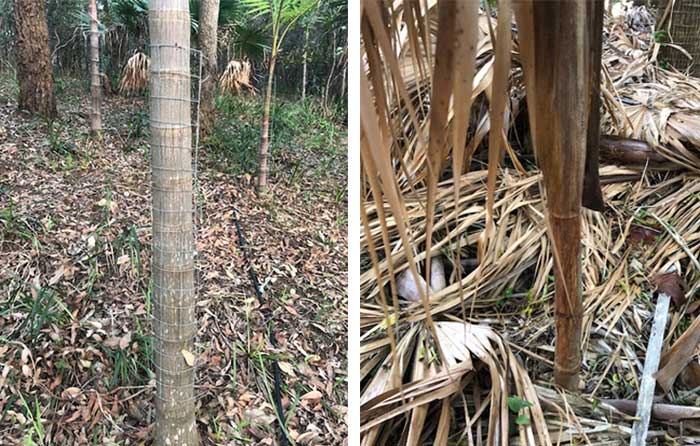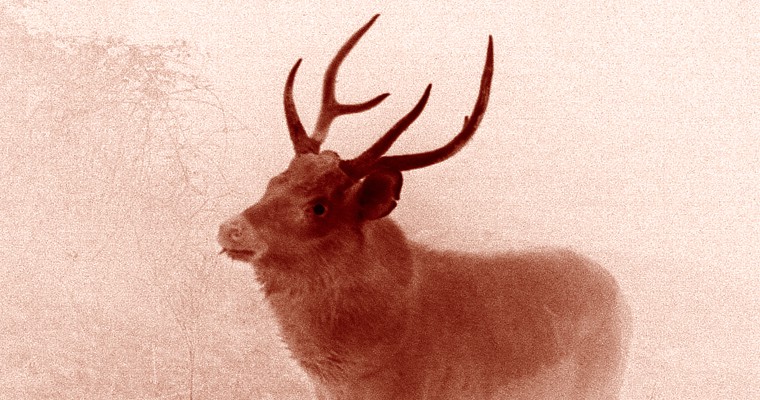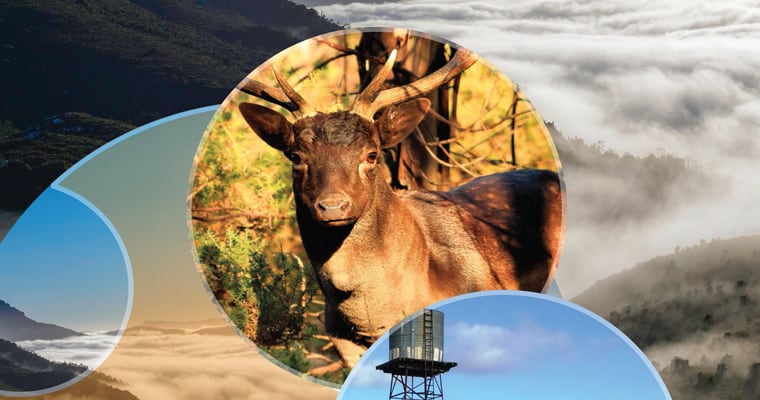
The first raid seemed inconsequential, a young buck with a couple of does appeared in forest overlooking Stanwell Park Beach in NSW and unleashed a bit of damage on the local bushland.
At the time it wasn’t enough to cause too much concern for Kieran Tapsell, a local resident who had spent years ridding the area of invasive weeds such as lantana and cassia, and restoring the land with indigenous trees and shrubs.
Over ten years he had planted 800 native species, mostly rainforest trees. Wollongong Council supplied some of the plants, but Kieran reached into his own pocket to buy the bulk of them from local nurseries. He also germinated a number of plants from seed, including lilly pilly, Illawarra flame trees and Bangalow palms.
The removal of lantana allowed the native trees to germinate naturally. Cheese trees, lilly pilly, celery wood and two species of mutton wood and mock olive all flourished. Kieran planted another 370 trees on the headland after retiring in 2004.
Deer destruction
About five years ago the deer returned, only this time in far greater numbers. Ten or more rusa bucks invaded the area, ringbarking young native trees and leaving gaping wounds in the older ones. Residents reported seeing 20-30 deer in the picnic areas during dry periods.
In June this year Kieran surveyed the deer damage over about half of the area cared for by Banksia Bushcare. The results should be a wake-up call for local councils and any Bushcare or Landcare groups that look after bushland susceptible to feral deer invasion.
Of the 44 native plant species surveyed 18 had been damaged by feral deer. A quarter, including lilly pilly, Bangalow palm, a native peach and red-fruited olive plum, were all killed.
The destruction has been so great that a number of bushcare volunteers have simply given up on protecting what’s left of the park’s native species.

Kieran’s research found that the trees most susceptible to deer rub were the rainforest species that don’t have low, lateral branches. He suspects these branches, which stick out at eye level or lower, are a deterrent because of the damage they could inflict on the animals’ eyes.
Guioa semiglauca (Guioa), Glochidion ferdinandi (cheese tree), Polyscias elegans (celery wood), the Myrsine (mutton wood) and Notelaea (mock olive) all suffered deer damage.
The deer did not seem to rub against rough-barked species such as coastal tea tree, grey iron bark, acacia (A. binervata and A. maidenii) and turpentine (Syncarpia glomulifera) were avoided by the deer.
The full results are listed in Kieren’s submission below. The category “killed” is where there has been total ringbarking of the tree, followed by leaf loss. Some of the other trees categorised as “damaged” may well die. And although it can’t be ringbarked, Bangalow palm also suffered from the deer invasion. Eighteen were killed as a result of deer rubbing against them. Some of the palms that died were up to three metres tall.
Even cabbage tree palms, usually immune from attack, have been partly eaten during dry periods.
In just two years, feral rusa deer have killed or significantly damaged 1778 trees across more than half of this bushland area and are destroying nearly all new native species as soon as they appear.
Deer have turned parts of this littoral rainforest into a cattle yard.
More info
This story is based on Kieran Tapsell’s submission to the Senate Environment and Communications References Committee inquiry into feral deer, pigs and goats in Australia.








